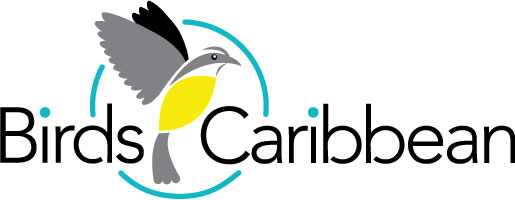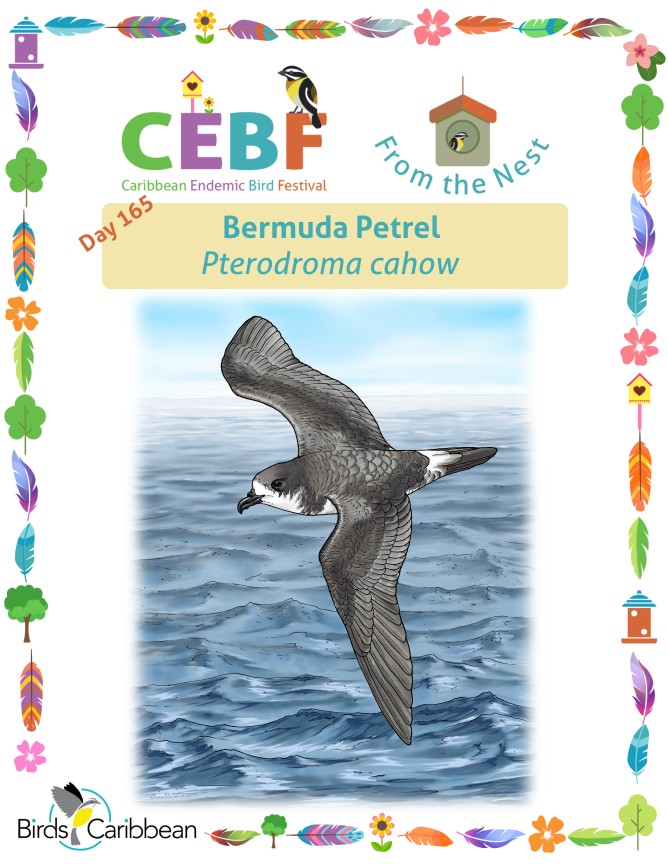Celebrate the Caribbean Endemic Bird Festival (CEBF) with us! Our theme in 2025 is “Shared Spaces: Creating Bird-friendly Cities and Communities”—highlighting the crucial role bird-friendly cities and communities can have in addressing the decline in bird populations caused by threats like habitat loss, predation, and climate change. Have fun learning about a new endemic bird every day. We have colouring pages, puzzles, activities, and more. Download for free and enjoy learning about and celebrating nature!
Endemic Bird of the Day: Bermuda Petrel
The Bermuda Petrel, or Cahow, is Bermuda’s only endemic bird—found nowhere else on Earth! Fittingly, it is the national bird of Bermuda, and a source of great pride for Bermudians. Like many seabirds, Cahows spend nearly their entire lives at sea, returning to land only to breed—and they nest underground, in burrows!
Few people have ever seen a Cahow in the wild. These elusive birds return to their breeding grounds under the cover of night, arriving in October or November and departing again in May or June. Juveniles are even more mysterious: after fledging, they may remain out at sea for up to four years before returning to land to breed. Incredible!
Cahows closely resemble the Black-capped Petrel, but can be distinguished by a dark gray cap that extends over the face, nape, and sides of the neck, forming a “cowl.” Their forehead and throat are white, and their upperparts are mostly gray with a white fringe bordering the darker rump. Their underparts are mostly white, and they have very long wings, with a one-meter wingspan. A powerful and agile flier, the Cahow is easily distinguished from the smaller, fluttery storm-petrels.
Why the scientific name Pterodroma cahow? Pterodroma means “winged runner,” a fitting name for a seabird that thrives in strong winds and rarely rests on land. The name “Cahow” comes from the eerie cries these birds make at night—calls that once spooked sailors and earned Bermuda the nickname “Isle of Devils.” Most likely, those ghostly sounds belonged to Cahows.
When the first settlers arrived in the 1600s, the Cahow was abundant, with an estimated half a million pairs nesting throughout the Bermuda archipelago. But within a few short years, the population had been decimated. Adults and chicks were taken by the thousands from their burrows and eaten. By around 1620, the Cahow was believed to be extinct.
During the first half of the 20th Century, four Cahow specimens were recovered, inspiring a search for its breeding grounds, which were rediscovered in 1951. That event was headline news in newspapers around the world. This led to the launch of the Cahow Recovery Program under the leadership of Dr. David Wingate, Bermuda’s first Conservation Officer (1957 to 2000), and since 2000, continued by his successor Jeremy Madeiros.
Thanks to decades of tireless effort, the Cahow has made a remarkable comeback: from just 18 nesting pairs (and 8 fledglings) in 1960, to 62 pairs (32 fledglings) in 2001, and 165 nesting pairs (76 fledglings) in 2024.
The path to recovery has not been easy. Threats included pesticide exposure (leading to thin eggshells and breeding failure), competition for nest sites from White-tailed Tropicbirds, egg predation by rats, and even predation by Peregrine Falcons. Today, rising sea levels pose a new and serious threat.
To give the Cahow every chance at success, conservationists developed wooden baffles to keep out the larger Longtails (White-tailed Tropicbirds), allowing only Cahows to access the burrows. Artificial burrows have also been installed to accommodate the growing population.
Still classified as Endangered, the Cahow remains one of the rarest seabirds in the world—but its story is one of hope, resilience, and the power of dedicated conservation. Learn more about this species, including its range, photos, and calls here. Great news! If you’re in the Caribbean, thanks to BirdsCaribbean, you have free access to Birds of the World and you can find out even more in the full species account of this bird!
Thanks to Arnaldo Toledo for the illustration and Andrew Dobson for the text!
Colour in the Bermuda Petrel
Download our West Indies Endemic Bird colouring page. Use the photos below as your guide, or you can look up pictures of the bird online or in a bird field guide if you have one. Share your coloured-in page with us by posting it online and tagging us @BirdsCaribbean #CEBFfromthenest
Listen to the calls of the Bermuda Petrel
The calls of the Bermuda Petrel include a high pitcher “oooooooooooooo-EEK” made by males during courtship, and an answering growl of “aaaaaaaawww-AK” made by females.
Puzzle of the Day
Click on the image below to do the puzzle. You can make the puzzle as easy or as hard as you like – for example, 6, 8, or 12 pieces for young children, all the way up to 1,024 pieces for those that are up for a challenge!
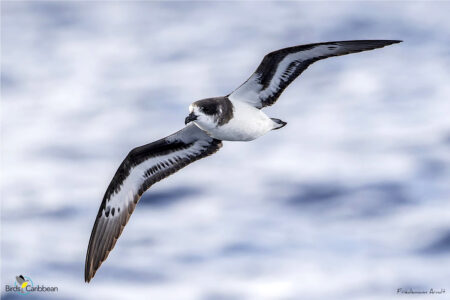
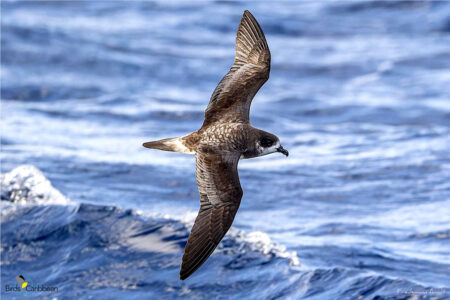
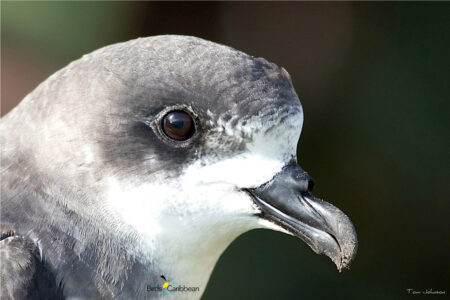
Activity of the Day
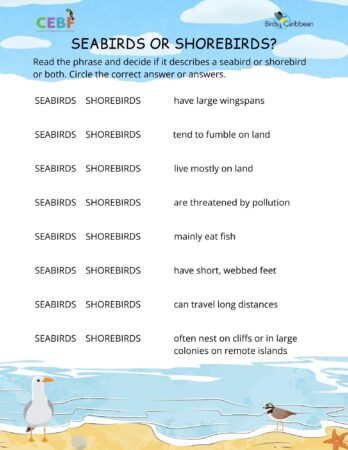 FOR KIDS : The Bermuda Petrel is a beautiful seabird, related to gulls, albatrosses, shearwaters and many more groups of sea loving birds! Another group of birds that can be found along our Caribbean coastline are the shorebirds. At first glance, shorebirds and seabirds might seem like they’re they are very similar. Both groups are typically found near water, and can often be seen in similar places! But when delve a bit deeper you can see that these two groups of birds are quite distinct. There are differences not just in where they typically live, how they live, and also in how they typically look (although of course in both groups there are some exceptions to the rules!).
FOR KIDS : The Bermuda Petrel is a beautiful seabird, related to gulls, albatrosses, shearwaters and many more groups of sea loving birds! Another group of birds that can be found along our Caribbean coastline are the shorebirds. At first glance, shorebirds and seabirds might seem like they’re they are very similar. Both groups are typically found near water, and can often be seen in similar places! But when delve a bit deeper you can see that these two groups of birds are quite distinct. There are differences not just in where they typically live, how they live, and also in how they typically look (although of course in both groups there are some exceptions to the rules!).
Why not think about some of these differences and try out our “seabirds or shorebirds?” activities. Remember that whilst there are several differences between these two groups there are sometime overlaps in their lifestyles! Full instructions of this activity in here ! And you can find the answers here.
FOR KIDS AND ADULTS : Enjoy this video of a Bermuda Petrel at a nest, in the wild!
